Pierre Bessière
LIG, LPPA
Quick and energy-efficient Bayesian computing of binocular disparity using stochastic digital signals
Oct 31, 2016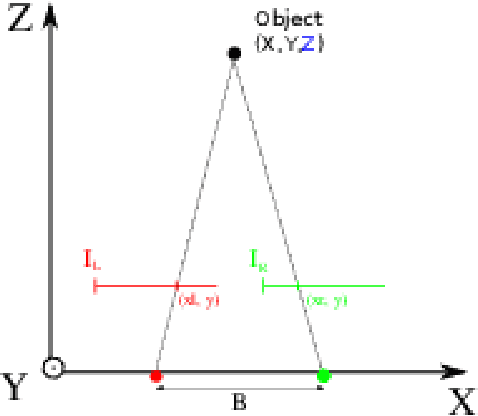
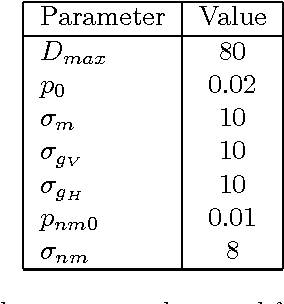

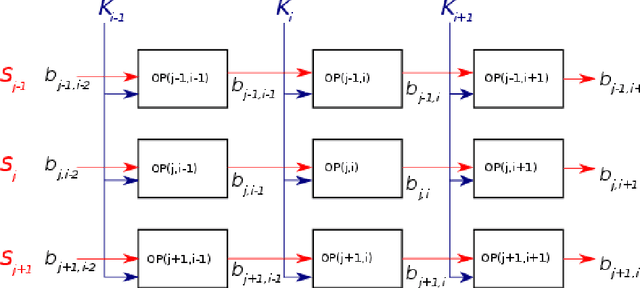
Abstract:Reconstruction of the tridimensional geometry of a visual scene using the binocular disparity information is an important issue in computer vision and mobile robotics, which can be formulated as a Bayesian inference problem. However, computation of the full disparity distribution with an advanced Bayesian model is usually an intractable problem, and proves computationally challenging even with a simple model. In this paper, we show how probabilistic hardware using distributed memory and alternate representation of data as stochastic bitstreams can solve that problem with high performance and energy efficiency. We put forward a way to express discrete probability distributions using stochastic data representations and perform Bayesian fusion using those representations, and show how that approach can be applied to diparity computation. We evaluate the system using a simulated stochastic implementation and discuss possible hardware implementations of such architectures and their potential for sensorimotor processing and robotics.
Toward Biochemical Probabilistic Computation
Nov 09, 2015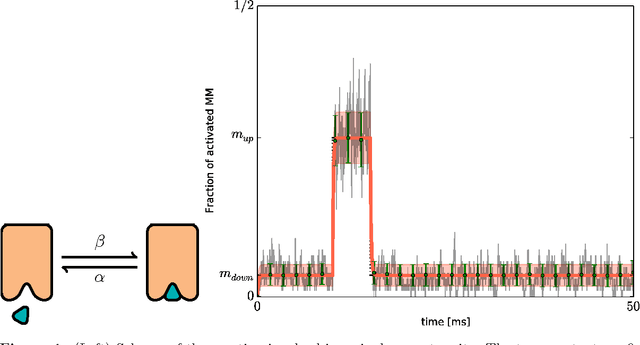
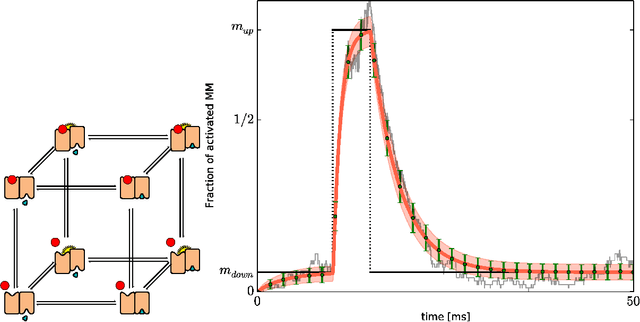
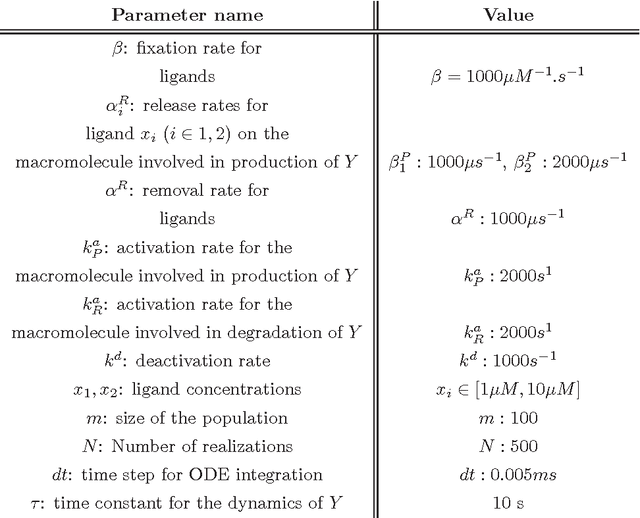
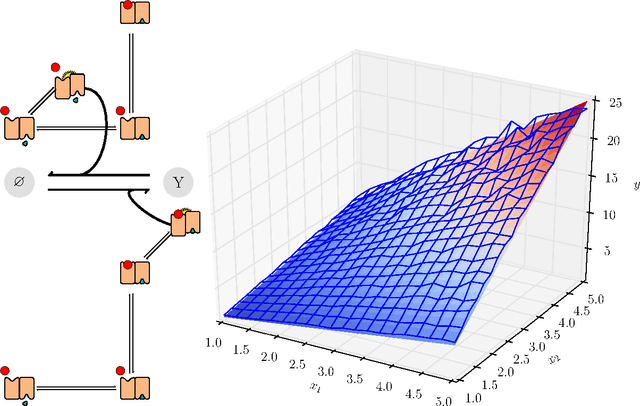
Abstract:Living organisms survive and multiply even though they have uncertain and incomplete information about their environment and imperfect models to predict the consequences of their actions. Bayesian models have been proposed to face this challenge. Indeed, Bayesian inference is a way to do optimal reasoning when only uncertain and incomplete information is available. Various perceptive, sensory-motor, and cognitive functions have been successfully modeled this way. However, the biological mechanisms allowing animals and humans to represent and to compute probability distributions are not known. It has been proposed that neurons and assemblies of neurons could be the appropriate scale to search for clues to probabilistic reasoning. In contrast, in this paper, we propose that interacting populations of macromolecules and diffusible messengers can perform probabilistic computation. This suggests that probabilistic reasoning, based on cellular signaling pathways, is a fundamental skill of living organisms available to the simplest unicellular organisms as well as the most complex brains.
A Bayesian Model for Plan Recognition in RTS Games applied to StarCraft
Nov 16, 2011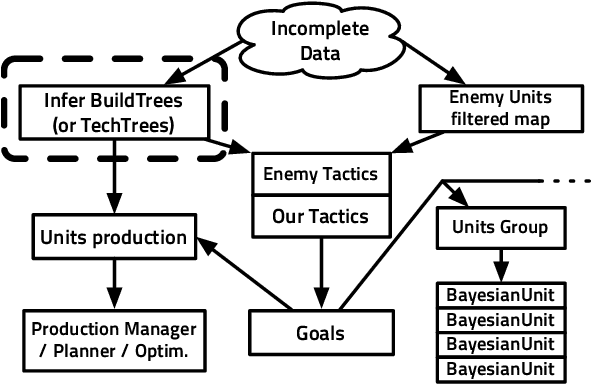
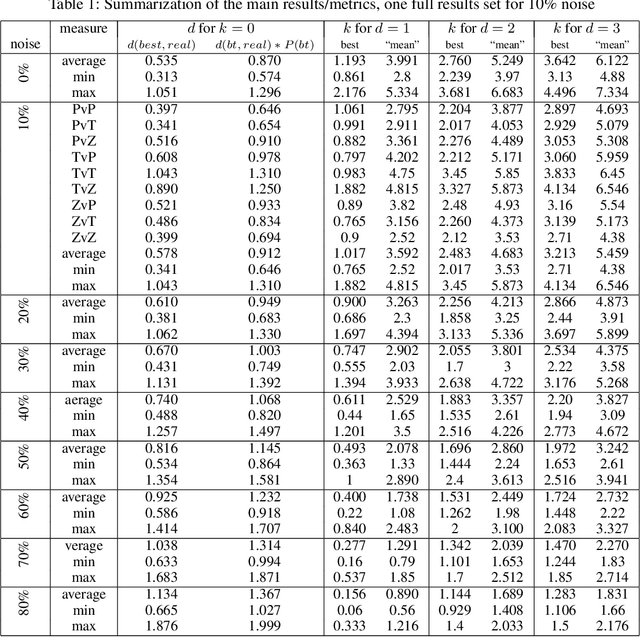
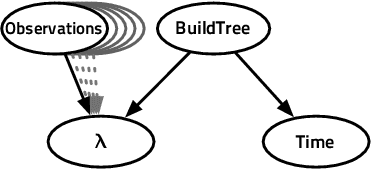
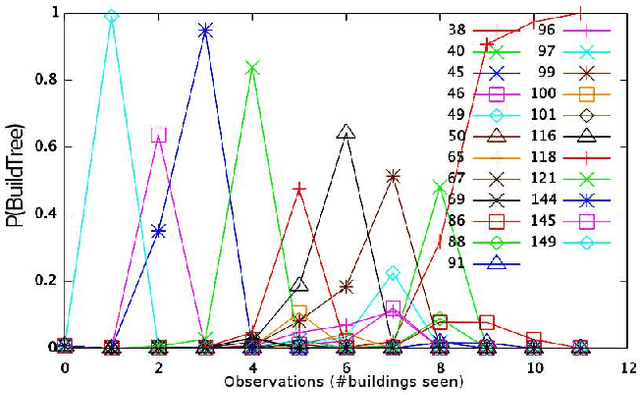
Abstract:The task of keyhole (unobtrusive) plan recognition is central to adaptive game AI. "Tech trees" or "build trees" are the core of real-time strategy (RTS) game strategic (long term) planning. This paper presents a generic and simple Bayesian model for RTS build tree prediction from noisy observations, which parameters are learned from replays (game logs). This unsupervised machine learning approach involves minimal work for the game developers as it leverage players' data (com- mon in RTS). We applied it to StarCraft1 and showed that it yields high quality and robust predictions, that can feed an adaptive AI.
 Add to Chrome
Add to Chrome Add to Firefox
Add to Firefox Add to Edge
Add to Edge